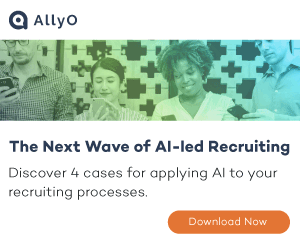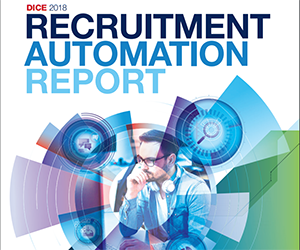8 in 10 HR pros use or want to use AI, HR Brew survey finds
HR Brew
DECEMBER 5, 2024
The vast majority of AI tech in the HR space is used by HR professionals to better facilitate employee engagement and internal communication, with 83% of respondents noting that they leverage AI tools for those types of tasks. Another 39% reported using AI-powered tools for talent acquisition and recruiting.























































Let's personalize your content